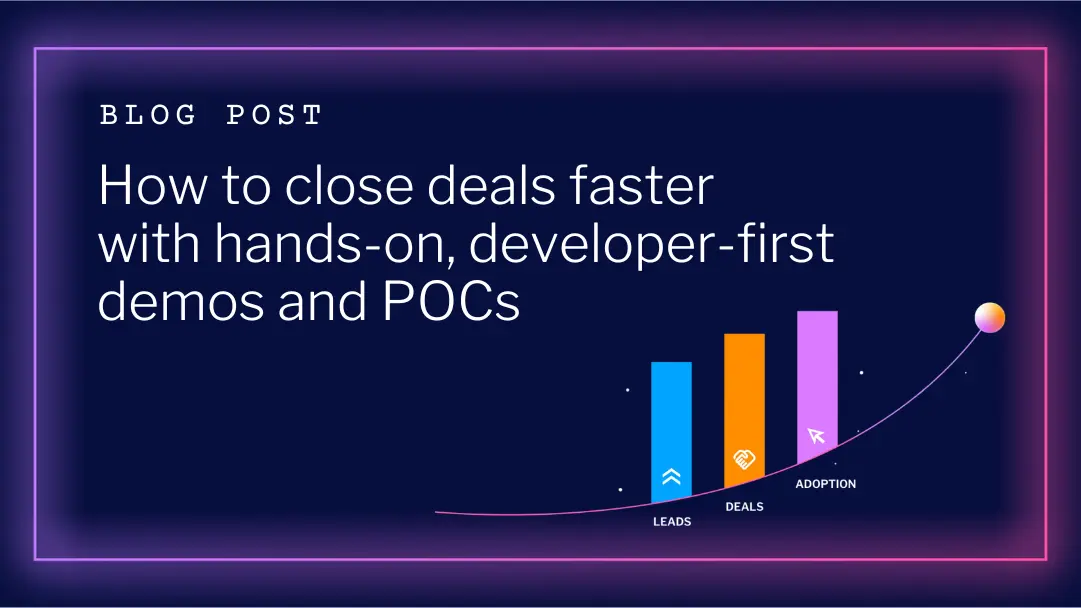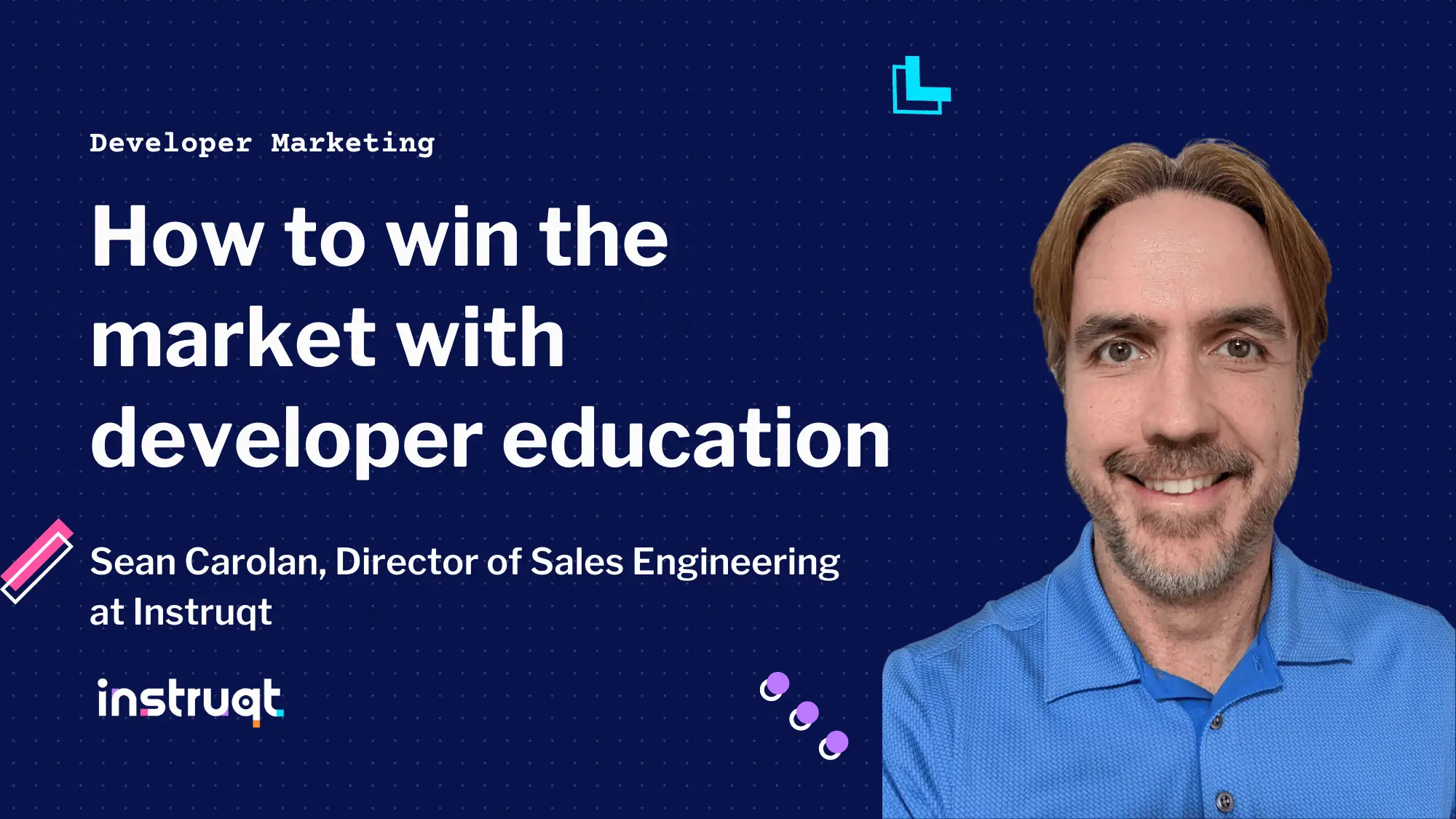Experiential Learning: The Game-Changer in Customer Education
Think about it. Can you truly grasp the value of a sophisticated software suite by watching a two-hour video tutorial? Or would you rather learn by diving into the platform, experimenting with its features, making mistakes, and finding your way out?
In today's rapidly evolving technological landscape, companies are offering intricate products and services that promise unprecedented efficiency, productivity, and innovation. However, as technology becomes more complex, traditional learning methods like written manuals and video tutorials are becoming less effective. Enter experiential learning - a learner-centric approach that puts the customer in control of their own learning journey. In this blog, we'll explore the limitations of passive learning and how experiential learning enhances user engagement, comprehension, and retention. Join us as we delve into the future of technology training - hands-on, interactive, and experiential!
What is Experiential Learning
Experiential learning is a process that involves actively engaging with the learning material through practical experiences. Rather than simply listening to lectures or reading textbooks, experiential learning encourages learners to immerse themselves in real-world scenarios, enabling them to acquire knowledge and skills through direct engagement and reflection.
One of the fundamental aspects of experiential learning is the experiential learning cycle, which guides individuals through the process of acquiring knowledge. The cycle consists of four stages: experiencing, reflecting, conceptualizing, and applying. By actively engaging in each stage, learners are able to truly understand and internalize the subject matter.
Traditional learning vs experiential learning
Traditionally, customer education involves passive methods such as webinars, documentation, or online tutorials. While these methods provide information, they often fail to engage the customer and enable them to apply what they've learned in the real world.
Experiential learning, on the other hand, takes a more hands-on approach. It immerses customers in real-world scenarios, allowing them to engage with the technology and gain practical experience actively. This approach aligns perfectly with the idea that people learn best by doing.
Why is Experiential learning important? The Power of Immersion
Imagine a customer who has just purchased a cutting-edge software solution. They have access to extensive documentation and a library of video tutorials. While these resources are valuable, they lack the immersive aspect that experiential learning provides.
With experiential learning, the customer can dive right into a virtual environment that mirrors their actual use case. They can experiment, make mistakes, and learn from them without real-world consequences. This immersive experience accelerates learning and boosts confidence in using the product effectively.
How Experiential Learning can accelerate Customer Onboarding
Customer onboarding is a critical phase in the customer journey. It's when customers transition from being prospects to active users of your product. A smooth onboarding process can make all the difference in retaining and delighting customers.
Experiential learning dramatically accelerates the onboarding process. Instead of spending weeks or months reading through documentation and attending webinars, customers can quickly get up to speed by actively interacting with the product in a controlled virtual environment.
This reduces the time it takes for customers to become proficient and enhances their overall experience. They feel empowered and capable, leading to higher satisfaction and loyalty.
How Experiential Learning Boost Product Adoption
Product adoption is the ultimate goal for technology companies. You want your customers to use your product and make it an integral part of their workflow. Experiential learning plays a pivotal role in achieving this goal.
By providing customers with immersive learning experiences, you equip them with the skills they need and demonstrate the value your product brings to their specific needs. This 'aha' moment, where customers realize how your product can solve their problems, is a turning point in product adoption.
Furthermore, experiential learning allows for ongoing engagement. Customers can revisit the virtual labs whenever they need a refresher or want to explore advanced features. This ongoing support ensures that customers continue to extract maximum value from your product over time.
Experience Real Results Through Experiential Learning: Get Started Now
Although learning tools like written manuals and video tutorials have served us well over the years, they are becoming less effective in helping users learn complex technology. Experiential learning has proven to be a far more effective way for users to learn as it puts them in control of their own learning journey. The hands-on environment not only increases engagement and comprehension, but also encourages the user to stay engaged over a long period of time. With experiential learning, knowledge becomes valuable as each user finds what resonates with them.
If you're looking for an innovative way to continue your tech training journey, why not start with instruqt? instruqt is a virtual hands-on learning platform which offers engineers and developers the opportunity to explore software products interactively, and will help them discover deeper understanding of the technology landscape.
Give it a try - Test drive instruqt today!





.png)




